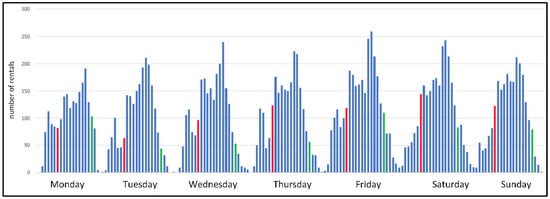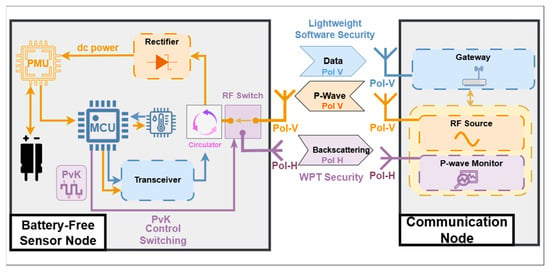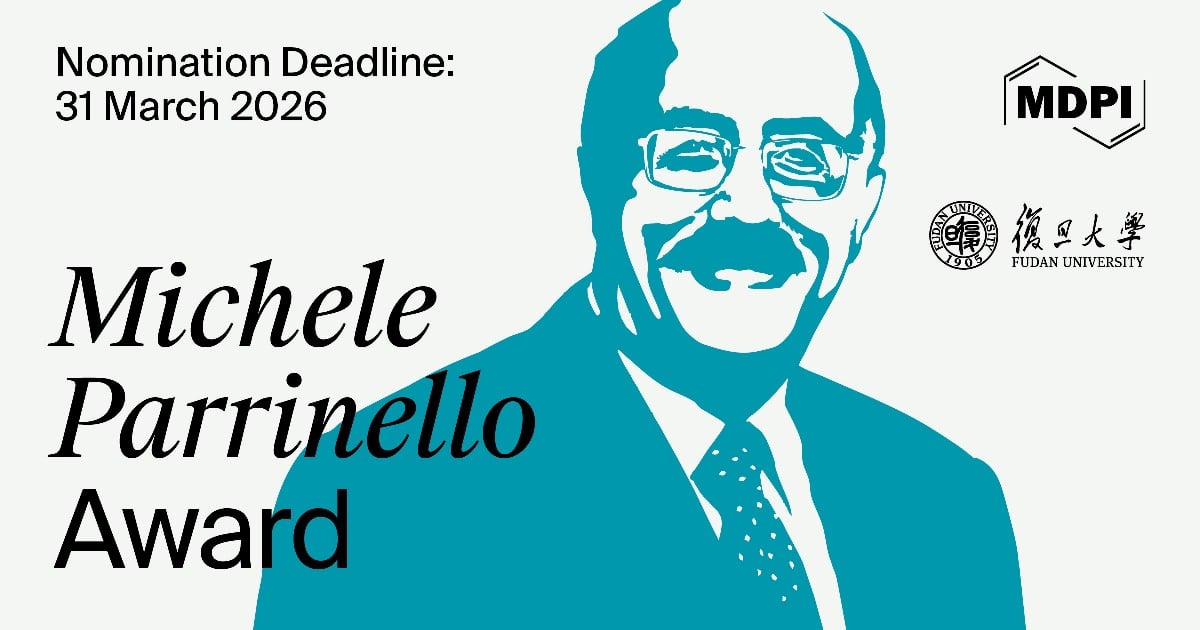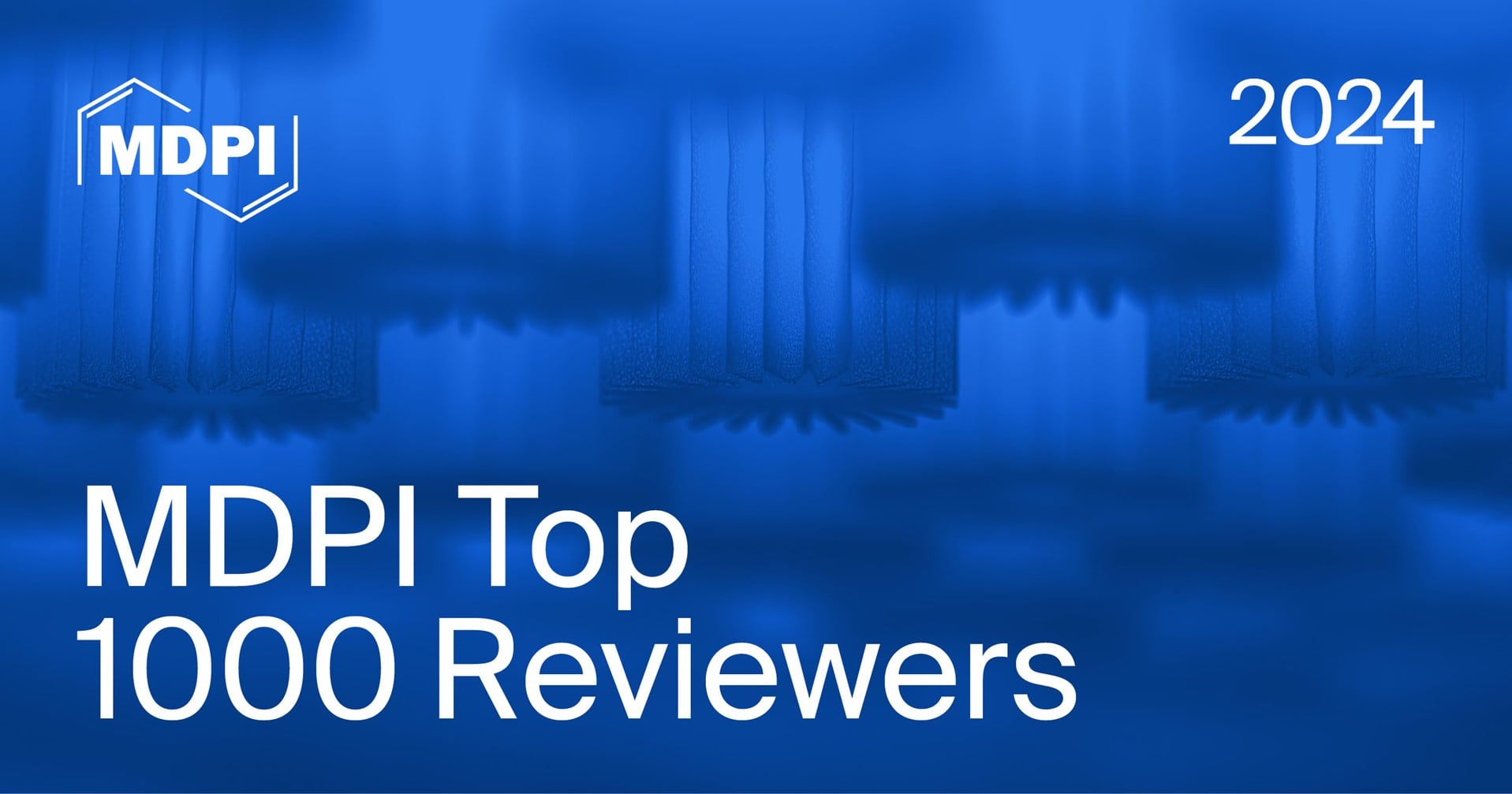-
 Acoustic Emission from GaN-on-Sapphire Structures
Acoustic Emission from GaN-on-Sapphire Structures -
 Machine Learning for Cybersecurity: A Survey of Applications, Adversarial Challenges, and Future Research Directions
Machine Learning for Cybersecurity: A Survey of Applications, Adversarial Challenges, and Future Research Directions -
 Resistive Sensing in Soft Robotic Grippers: A Comprehensive Review of Strain, Tactile, and Ionic Sensors
Resistive Sensing in Soft Robotic Grippers: A Comprehensive Review of Strain, Tactile, and Ionic Sensors -
 Comparing Explainable AI Models: SHAP, LIME, and Their Role in Electric Field Strength Prediction over Urban Areas
Comparing Explainable AI Models: SHAP, LIME, and Their Role in Electric Field Strength Prediction over Urban Areas
Journal Description
Electronics
- Open Access— free for readers, with article processing charges (APC) paid by authors or their institutions.
- High Visibility: indexed within Scopus, SCIE (Web of Science), CAPlus / SciFinder, Inspec, Ei Compendex and other databases.
- Journal Rank: JCR - Q2 (Engineering, Electrical and Electronic) / CiteScore - Q1 (Electrical and Electronic Engineering)
- Rapid Publication: manuscripts are peer-reviewed and a first decision is provided to authors approximately 16.8 days after submission; acceptance to publication is undertaken in 2.4 days (median values for papers published in this journal in the first half of 2025).
- Recognition of Reviewers: reviewers who provide timely, thorough peer-review reports receive vouchers entitling them to a discount on the APC of their next publication in any MDPI journal, in appreciation of the work done.
- Companion journals for Electronics include: Magnetism, Microwave, Network, Signals, Software, Microelectronics and Semiconductors and Heterogeneous Integration.
- Journal Cluster of Electronic Engineering and Hardware Systems: Chips, Electronics, Hardware, Journal of Low Power Electronics and Applications, Microelectronics and Microwave.
Latest Articles
E-Mail Alert
News
Topics
Deadline: 31 December 2025
Deadline: 6 January 2026
Deadline: 31 January 2026
Deadline: 28 February 2026
Conferences
Special Issues
Deadline: 31 December 2025
Deadline: 31 December 2025
Deadline: 31 December 2025
Deadline: 31 December 2025





























